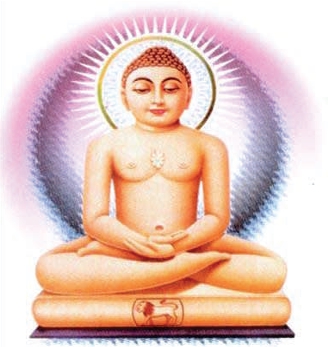
History and Doctrine of Taran Panth
1. Doctrines
Taran Panth (or Taranpanthi) is one of the three major subsects of the Digambaras, the others being the Bispanth and the Terapanth (Digambara). The Taranpanthis follow the doctrine of their founder Tarana Svami or Tarana Tarana Svami, after whom the sect is named. The sect is also called Samaiyapantha because the adherents worship samaya, sacred books, particularly the fourteen books of Tarana Svami.
There are three main doctrinal traits of the Taranpanthis. They have a hatred of image-worship and reject it. However, though they have no temples, they worship their sacred books in a special building, the Chaityalaya. Initially there was a ban on caste distinctions, but the ideal has not been maintained as with so many other attempts to abolish caste in India. Tarana Svami looked with equanimity on all people and opened his sect to low-castes and Muslims. The third trait is the removal of outer religious practices. Taranpanthis give more weight to spiritual values and study of the sacred texts.
2. History
Tarana Svami lived in the sixteenth century from 1505 to 1552 and appears to have been influenced by Islam and the teachings of Lonka, who was the inspiration for the two major subsects of the Shvetambara Jains who are not image-worshippers, the Sthanakvasis and the Terapanthis. Ruiramana, one of Tarana Svami's chief disciples, was a Muslim.
The doctrines of rejection of image-worship, caste, and external religious practices came as a revolt against the prevailing religious practices and beliefs among the mainstream Digambaras. Tarana Svami died at Malharagarh in Gwalior.
3. Symbols
The religious building of the Taranpanthis is the Chaityalaya, which means Granthalaya, house of sacred books. It is therefore a holy sacred library. In the middle of the Chaityalaya is a pulpit on which are placed the fourteen books of Tarana Svami. Here religious duties are performed, including the worship of the books as a symbol of the founder and his teachings.
4. Adherents
According to V.S. Sangave (Jaina Community. A Social Survey, Bombay 1959) the population of Taranapanthis was nearly 10,000 in the late 1950s, being mainly found in Central India, including Gwalior and some parts of Khandesha District.
5. Main centre
Malharagarh, Gwalior, India.